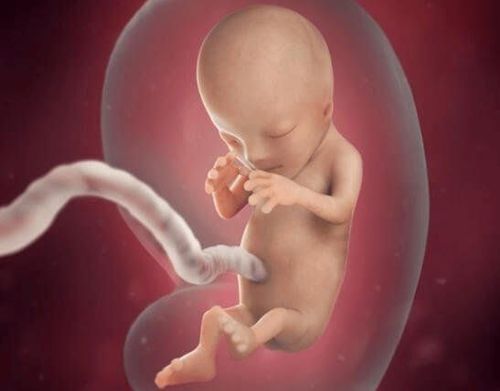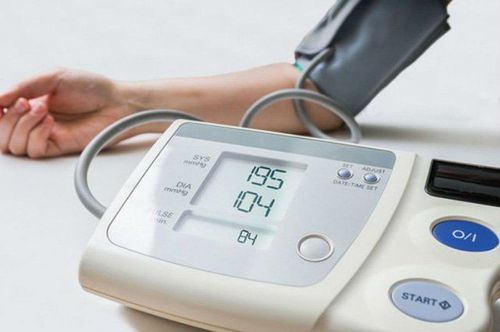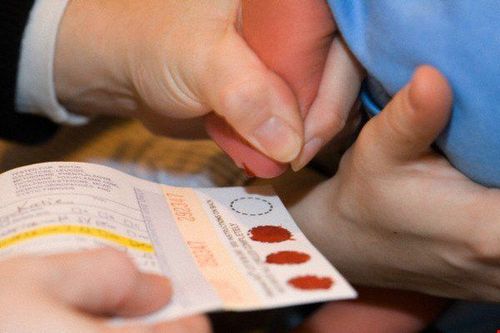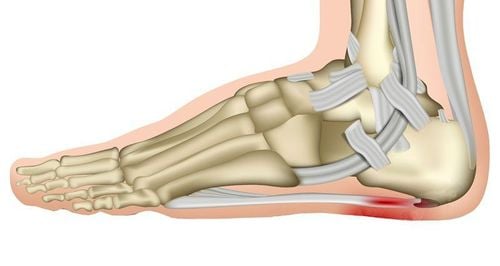Nội dung bạn đang tìm kiếm không có phiên bản tiếng Việt.
Vui lòng chọn tiếp tục để xem nội dung tiếng Anh hoặc đi đến trang chủ Tiếng Việt.
Rất xin lỗi về sự bất tiện này.

Home
Tag Hepatobiliary scintigraphy
Articles in Hepatobiliary scintigraphy

Classification of disorders of the sphincter of Oddi
A classification system for sphincteric dysfunction as a structural abnormality was established in 1988. Originally known as the Hogan-Geenan classification of sphincteric dysfunction, it was later modified to the Milwaukee classification to Classify patients with sphincter dysfunction into categories 1, 2, and 3 based on clinical presentation as well as laboratory or imaging abnormalities.
Xem thêm
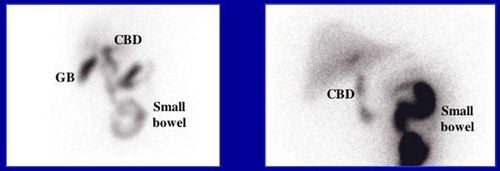
HIDA scan: Applications and things to know
HIDA scan or hepatobiliary scintigraphy is used to take pictures of the liver, gallbladder, bile ducts and small intestine to help diagnose diseases related to these organs. This diagnostic technique is also often used in conjunction with X-rays and ultrasound.
Xem thêm
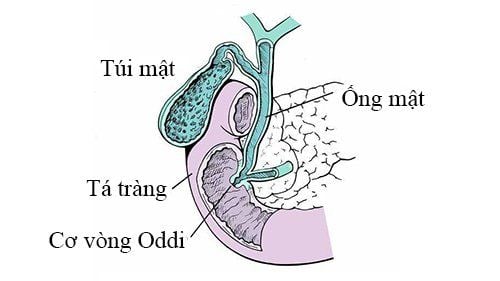
Measure the pressure of the sphincter of Oddi and common disorders on the meter
Sphincter of Oddi remains the gold standard for diagnosing sphincter of Oddi dysfunction. It is often combined with a diagnostic ERCP and includes manometric catheter adjustment. A triple-lumen catheter that allows continuous suction of the pancreatic duct may reduce the risk of post-procedural pancreatitis.
Xem thêm
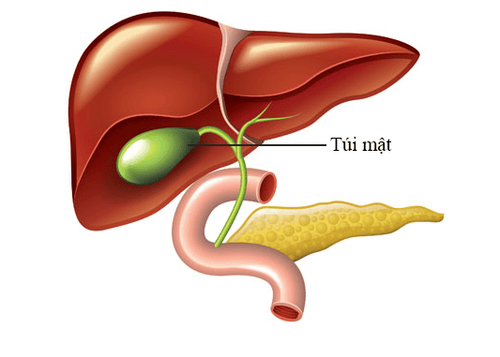
Diagnostic criteria for gallbladder and sphincter of Oddi dysfunction
Gallbladder (GB) dysfunction is a motility disorder caused primarily by metabolic abnormalities or by alterations in primary motility. Sphincter of Oddi (SO) dysfunction includes motor abnormalities of the biliary or pancreatic sphincter of Oddi.
Xem thêm
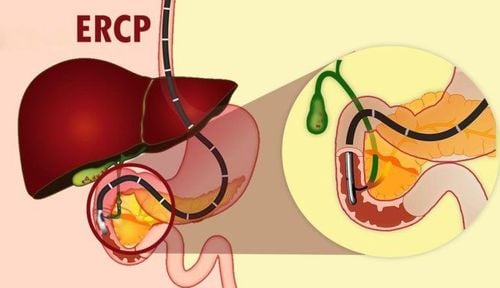
Acute pancreatitis after ERCP sphincterotomy to treat disorders of the sphincter of Oddi
Acute pancreatitis is the major complication of sphincterotomy. Increased intraductal pressure, overfilling of the ductal system, dyscoagulability, and repeated pancreatic duct spasm and trauma have all been implicated as etiological factors, possibly due to impaired pancreatic duct drainage.
Xem thêm

Endoscopic retrograde cholangiopancreatography - What should be paid attention to when bringing the bronchoscope to the ampulla of Vater?
Endoscopic retrograde cholangiopancreatography is an endoscopic technique used to examine and treat diseases of the biliary tract, pancreatic duct, and gallbladder. The bile ducts are the tubes that carry bile from the liver and gallbladder; the pancreatic duct carries pancreatic juice from the pancreas. Both of these tubes empty into the duodenum, which is the first part of the small intestine. So how is endoscopic retrograde cholangiopancreatography performed and what should be noted when passing the scope to the ampulla of Vater?
Xem thêm
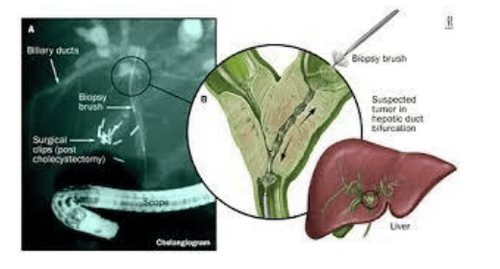
X-ray images of the bile ducts
Gastrointestinal surgeons and endoscopists are familiar with the normal anatomy of the biliary tract. This article focuses on the presentation of normal and other biliary tract abnormalities on cholangiographic images to distinguish them from pathologic conditions.
Xem thêm
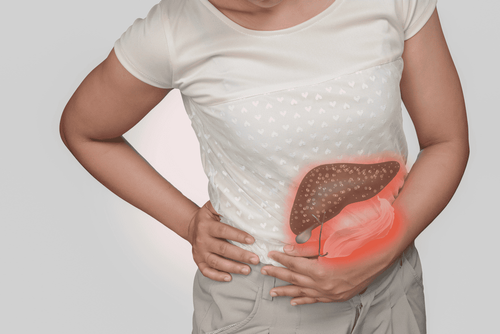
SPECT/CT scan of hepatobiliary system (HIDA scan) at Vinmec Times City
Hepatobiliary scan (HIDA scan) with SPECT/CT machine is a very useful method to diagnose acute and chronic cholecystitis, bile leak after surgery, bile reflux... This is the technique performed. routine at Vinmec Times City International General Hospital.
Xem thêm




